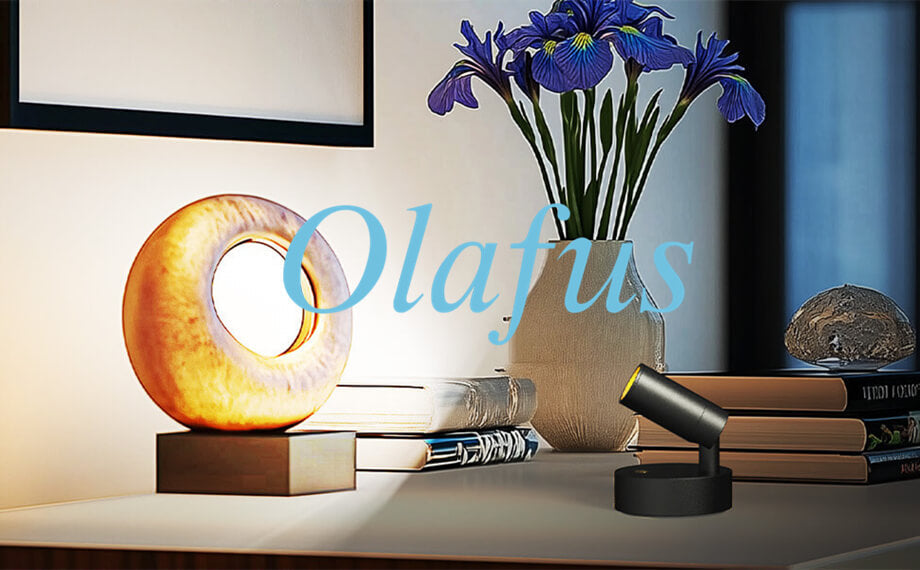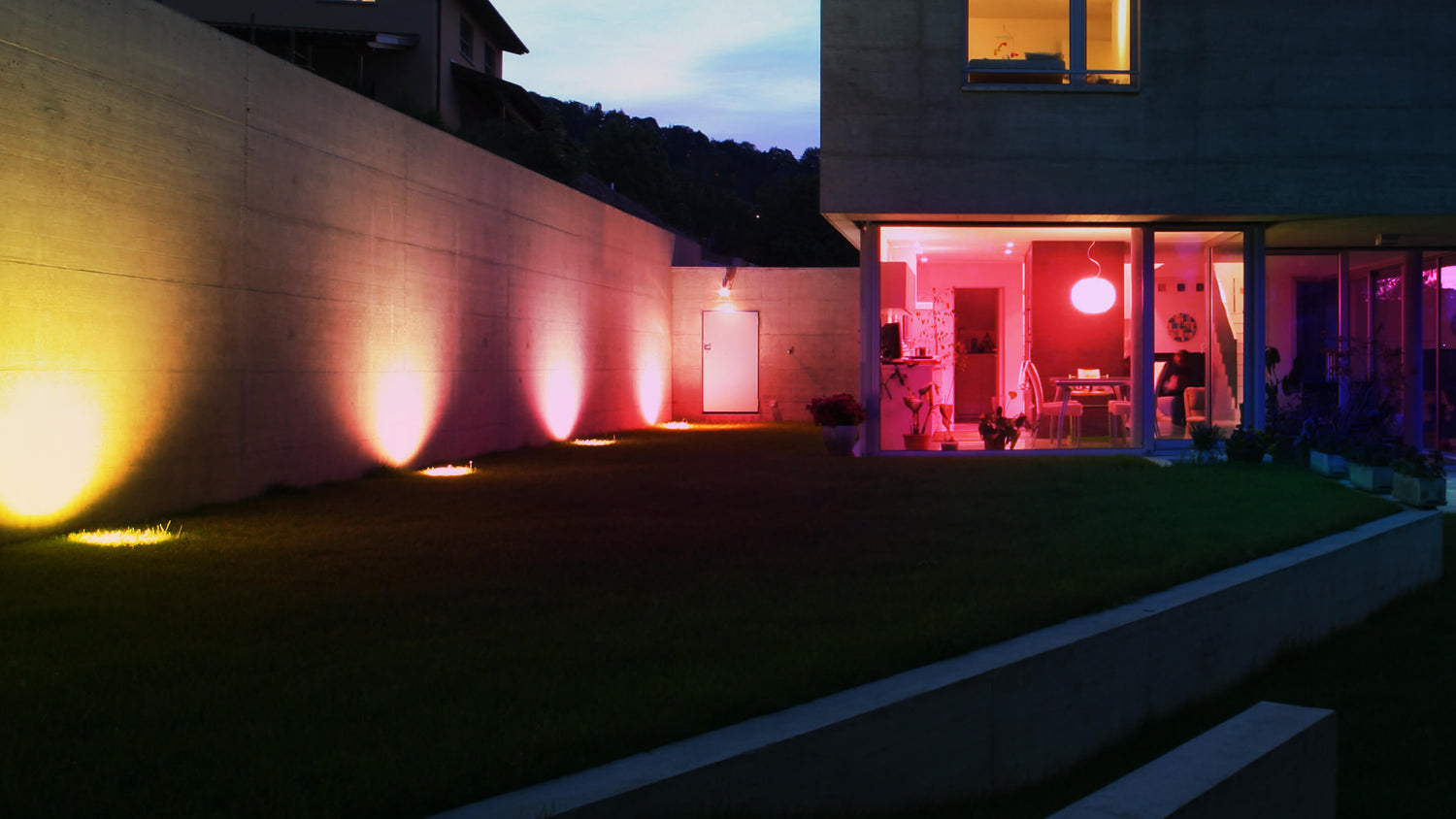
Common Problems and Solutions for LED Cabinet Lights
Share
In order to help users quickly solve the common problems of LED cabinet lights and extend the life of the lamps and lanterns, the causes of these common failures will be analyzed in detail below and effective solutions will be provided.
| Problems | Possible causes | Solutions |
| Lights do not light up |
Loose or disconnected power connection -- An unplugged plug, loose wiring, or faulty power supply can cause the fixture to fail to supply power. Faulty switch or controller -- If the fixture is equipped with a touch switch, remote control or sensor function, a damaged control module may cause the light not to come on. Damaged power adapter or batteries -- For plug-in fixtures, the power adapter may be old or shorted; for rechargeable fixtures, the batteries may be damaged or depleted. Faulty beads or LED drivers -- LED beads have a long life but can be damaged under extreme use conditions; in addition, a faulty driver circuit board can affect the proper functioning of the luminaire. Overheating protection activation -- LED cabinet lights may temporarily shut down due to an overheating protection mechanism after long periods of continuous use. |
✔ Check the power connection: make sure the plug is tightly inserted and the power cord is not damaged, and try to replace the socket to test if the power supply is normal. ✔ Test the switch or controller: if it's a sensor light, try to turn it on manually; if it's a remote control light, check if the battery is charged or replace the remote control battery with a new one. ✔ Check the power adapter or batteries: for plug-in fixtures, try replacing the power adapter; for rechargeable fixtures, try using another set of batteries or charging them before testing. ✔ Observe fixture temperature: If the fixture is overheating, try turning off the fixture and waiting 10-15 minutes for it to cool down before turning it back on. ✔ Replace the LED bead or driver module: if none of the above methods can restore the work of the fixture, the LED bead or driver module may be damaged, you can contact the manufacturer or professional maintenance personnel to replace the components. |
| Unable to charge |
Damaged charging cable or charging port -- prolonged plugging or pulling may cause the charging cable to break or the charging port to loosen. Battery aging or damage -- The rechargeable battery may not be able to store power due to capacity decay or internal short circuit after long-term use. Charging adapter failure -- Abnormal voltage or current output of the adapter may cause charging failure. Circuit board protection mechanism activated -- Overcharging, short-circuit or over-temperature protection mechanism may temporarily disconnect the charging circuit. Wrong charging method -- Some LED cabinet lights may require specific charging equipment or charging environment, wrong USB port or voltage may affect the charging effect. |
✔ Replace the charging cable and port: try to use another compatible USB charging cable and a different charging port for testing. ✔ Check the power adapter: test with a different adapter (that meets the product's recommended voltage and current standards). ✔ Reset the battery: If the battery supports removal, try removing the battery and letting it sit for 10 minutes before reinstalling and charging it. ✔ Check the charging environment: Avoid charging in too hot, too cold or humid environment to ensure the charging process proceeds properly. ✔ Replace the battery: If the battery has been used for more than 1-2 years and the charging performance has significantly decreased, consider replacing it with a new one. |
| LED beads are damaged |
Current overload or unstable voltage -- Unstable supply voltage may cause LED beads to burn out or flicker. Too long use -- Although the LED lamp beads have a long life, if they are used for a long time with high intensity, it may lead to light degradation or even damage. Loose bead soldering points -- Continuous vibration or external impact may lead to loose bead soldering points, affecting the luminous effect. Poor heat dissipation -- If the lamps and lanterns have poor heat dissipation, overheating may accelerate the aging of the lamp beads or even burn out. |
✔ Check whether the voltage is stable: use a regulated power supply to avoid frequent fluctuations in current damage to the lamp beads. ✔ Adjust the duration of use: avoid long time continuous lighting of LED lights, appropriate intermittent use to extend the life of the lamp beads. ✔ Repair or replace lamp beads: for cabinet lights with replaceable lamp beads, you can replace the new lamp beads by yourself; if it is integrated LED lamps and lanterns, it is recommended to contact after-sales or professional maintenance personnel for replacement. ✔ Improve the heat dissipation conditions: make sure the lamps and lanterns are well ventilated and avoid installing them in closed and stuffy environments to improve the service life of LED lamp beads. |
The new Olafus cabinet lights have been released, get your favorable light fixtures here.
 |
 |
More posts
- Precautions for Using LED Cabinet Lights
- How to Maintain Rechargeable LED Cabinet Lights?
- How to Use Rechargeable LED Cabinet Correctly?

